please help for Identification name this Chinese Pottery Marks porcelaine Chinese porcelain
Chinese porcelain marks Antiques Board
Chinese Porcelain Reign Marks Identification Chinese Antique Appraisals And Valuations Online. Reign marks can play a pivotal role in helping to identify the period in which Chinese artefacts were created. Reign marks are usually four or six characters in length and can be found on the base or the side of an item.
Chinese porcelain marks Antiques Board
The marks on Chinese porcelain typically consist of four or six characters, the last two being "nian zhi", i.e. "made during the years of". The style of the characters can be either "kai" form or seal script. Seal script was favored especially during the years of the Qianlong and Jiaqing emperors.

Red Chinese Porcelain Marks Identification Video Bokep Ngentot
The first place you would look for a reign mark on a piece of Chinese porcelain is the bottom of the item. If you do not see a reign mark here, check around the mouth of the item, or the exterior of the base. Checking a Chinese Reign Mark for Authenticity

Chinese Porcelain Reign Marks An Introduction Asian Studies
Reign Marks Explained Simply put, the reign mark of a piece of antique Chinese pottery refers to the series of script characters arranged in parallel columns that denote the name of the Chinese dynasty in which the vessel was made.
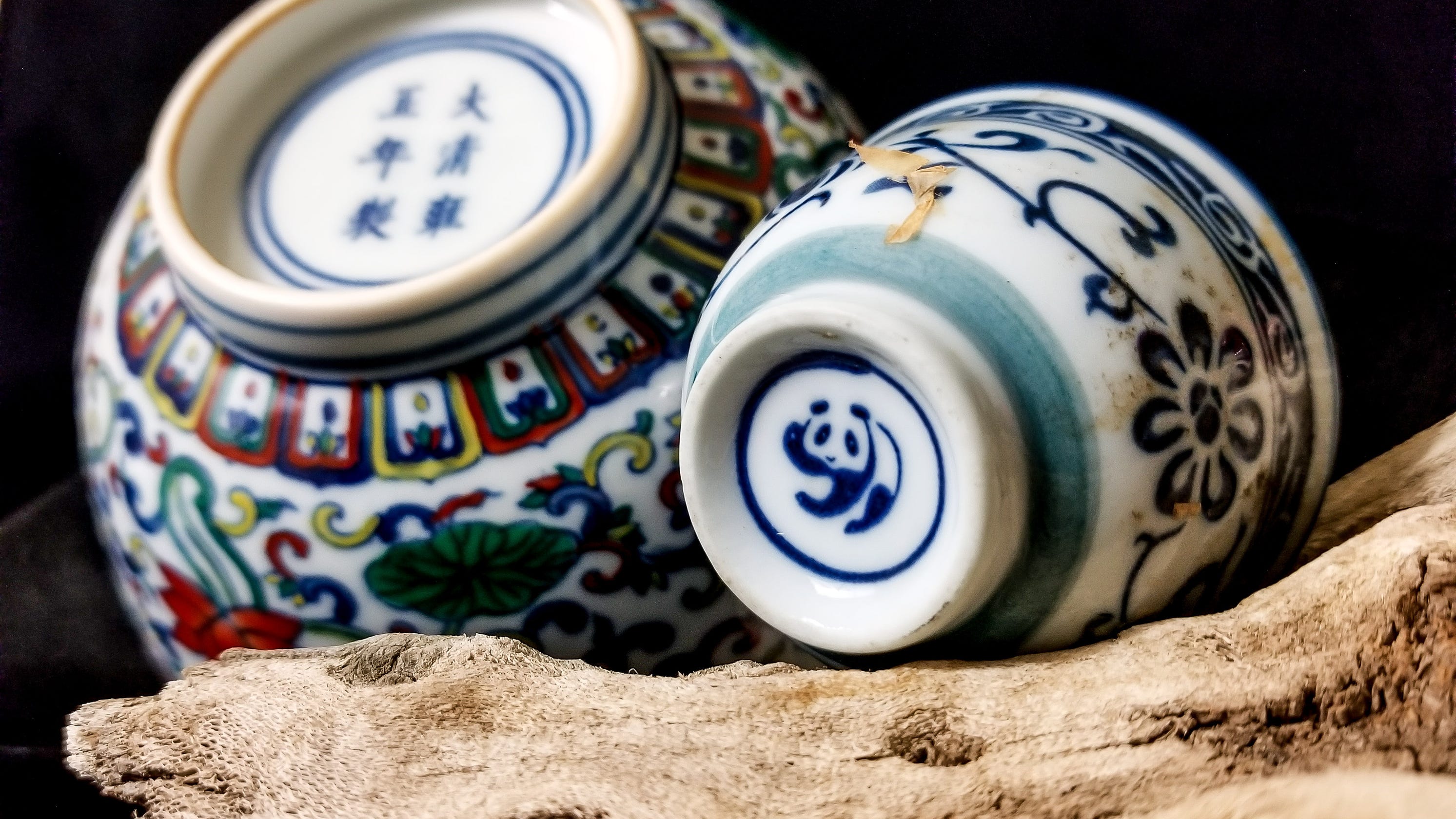
Palm Springs antiques dealer How to identify Chinese porcelain marks
The characters "瓷" (cí) and "厂" (chǎng) individually mean: 瓷 (cí): Porcelain or ceramic 厂 (chǎng): Factory or workshop The factories are known as 十大瓷厂 (the ten porcelain factories). 東風瓷厂 Dongfeng porcelain factory (ex. traditional porcelain, for political leaders)

Chinese Ceramic Marks Collectors Weekly
Marks on Chinese Porcelain - The Qing Dynasty (1644-1912) and their reign marks Jiangxi ciye gongsi Jiangxi Jingdezhen Chu Pin Jiangxi Jingdezhen min ci Jiangxi Jingdezhen Min Ci # Jiangxi Jingdezhen Min Ci # Hao Cai Jiujiang Chan Yucheng Jurentang The Qing Dynasty (1644-1912) and their reign marks
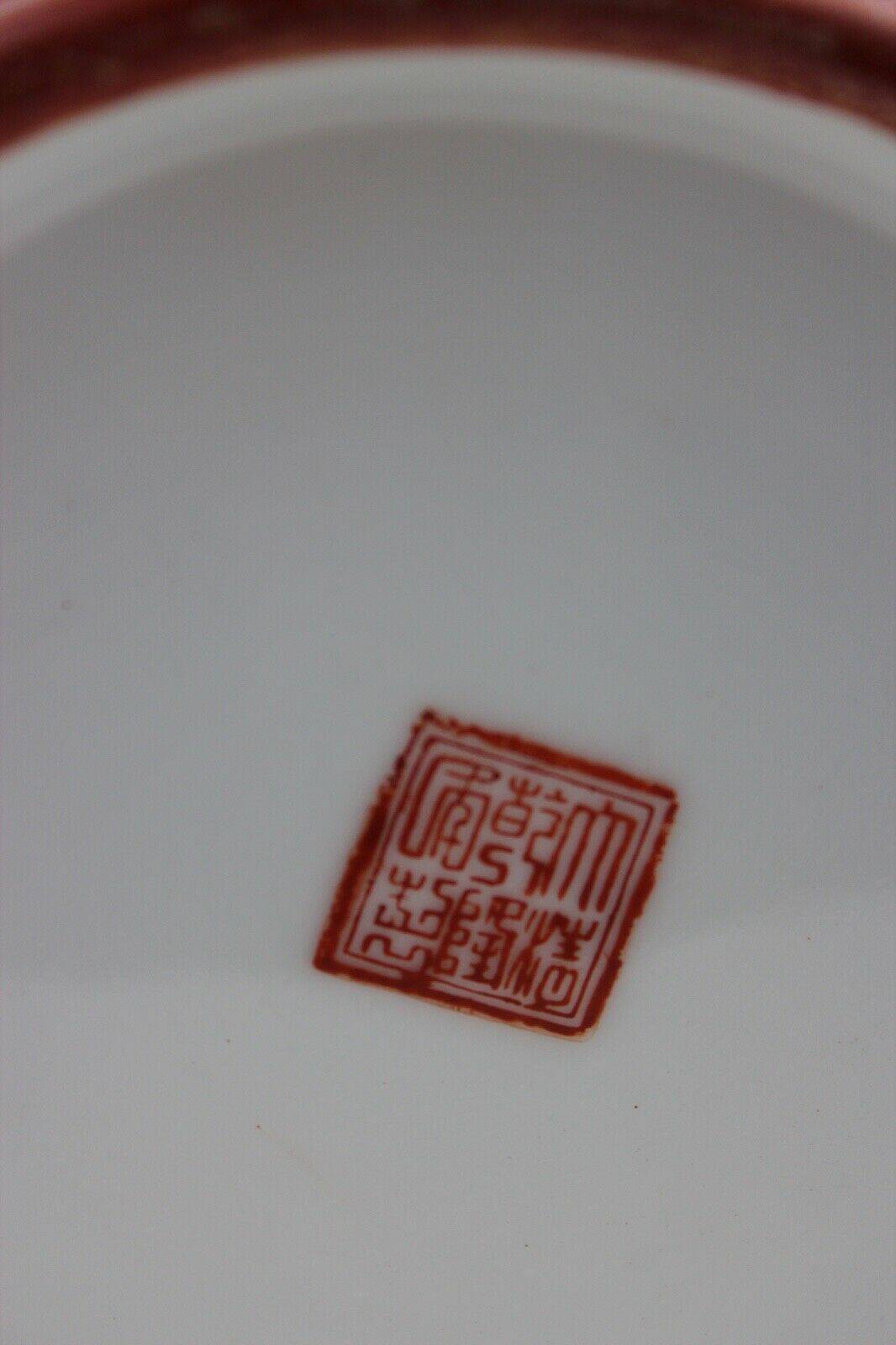
17 Most Valuable Chinese Pottery Marks Worth Money (2023)
Most porcelain marked 'Made in China' usually dates from the 1970s or later. Chinese Imperial reign titles - nianhao Theoretically, any mark on the base of a piece of Chinese porcelain should indicate the reign title of the Emperor during whose reign the piece was made, assuming it was commissioned by that specific court.
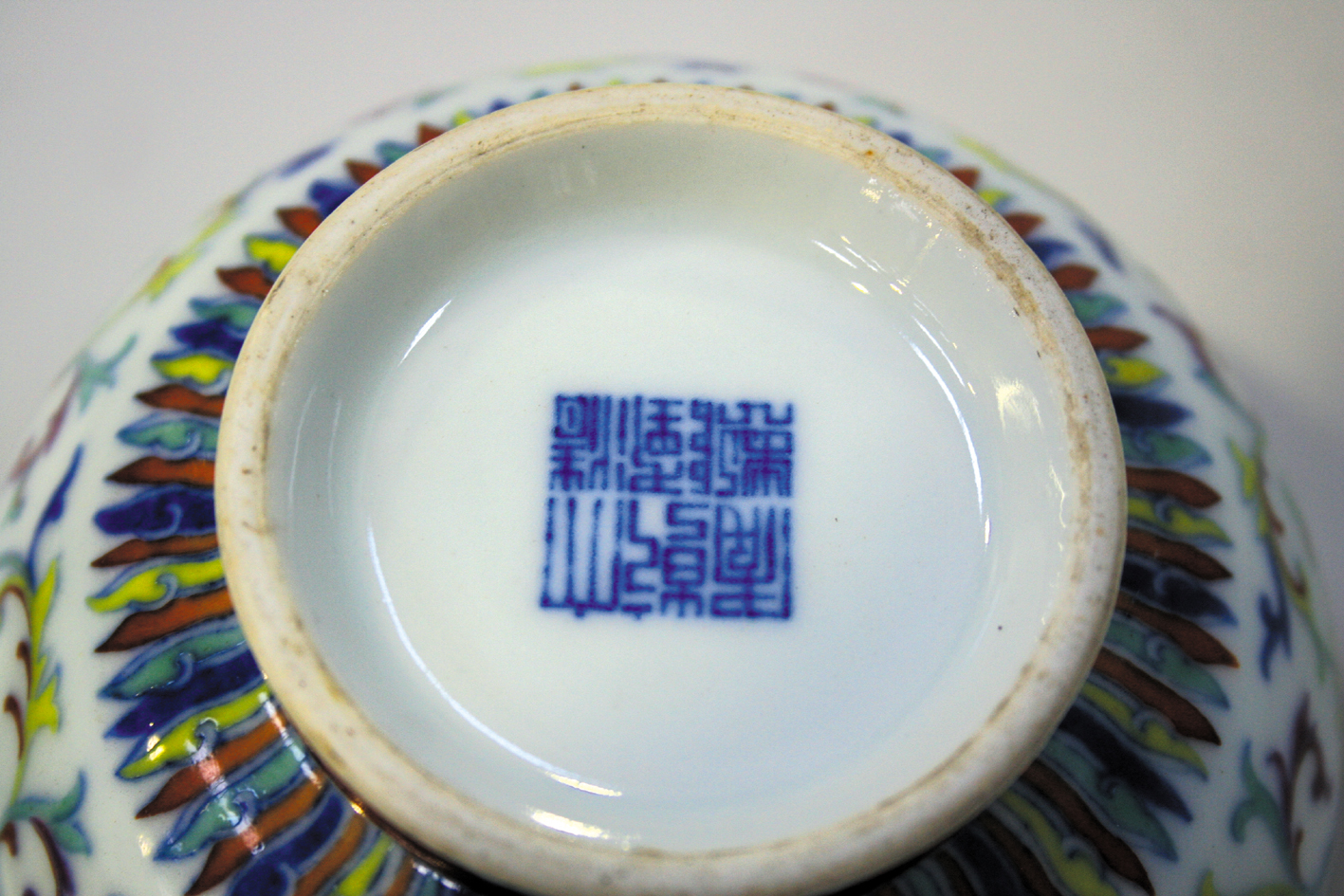
Delicacy and Brilliance, Chinese Doucai Porcelain Toovey’s Blog
Chinese Porcelain Reign Marks Modified: Dec 8, 2021 by Dimi · This post may contain affiliate links · 2 Comments In the world of Ming and Qing dynasty art, knowing how to look at a reign mark is a key asset for any collector, specialist, or enthusiast to correctly identify the date and the value of a piece of Chinese porcelain.
Chinese porcelain marks Antiques Board
Chinese Porcelain has remained an important industry and secret of the Middle Empire. It has been constantly renewed at home and exported extensively abroad, from Southeast Asia to the east coast of Africa the since its early days. Making Chinese Porcelain Fragment of a Kaolinite Clay, used for porcelain manufacturing, MEC database
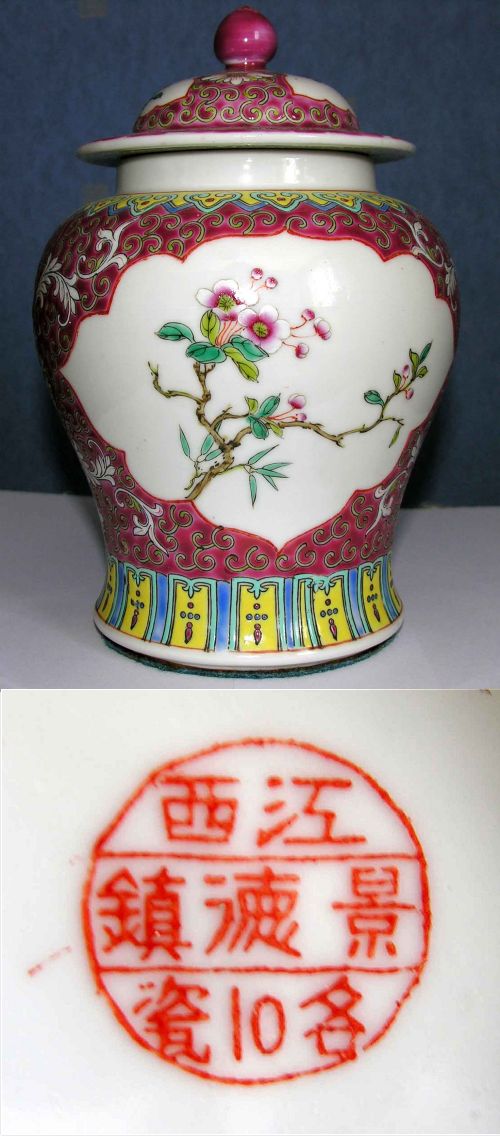
Marks on Chinese Porcelain
Marks on Chinese Porcelain Marks on Later Chinese Porcelain It is said, that the only rule that is really certain when it comes to Chinese reign marks, is that most of them are NOT from the period they say. Still the marks are something of a fingerprint of the potter and its time.

please help for Identification name this Chinese Pottery Marks porcelaine Chinese porcelain
According to the ancient Chinese tradition of writing and reading, the marks on the bottom of a porcelain vessel are usually read from top to bottom, and from right to left. Marks written horizontally are read from right to left. General Characteristics of Marks on Chinese Porcelain Most of the reign marks comprised four or six characters.

Meanings and Misconceptions of Chinese Porcelain Marks
An auspicious inscription on folk wares, mostly seen on blue-and-white porcelain made in Jingdezhen in the Jiajing and Wanli reigns of the Ming dynasty and also seen on wares with gilt designs produced in the Jiajing reign. Decoration on the outside of a Qilin or, a mythical lion-deer.
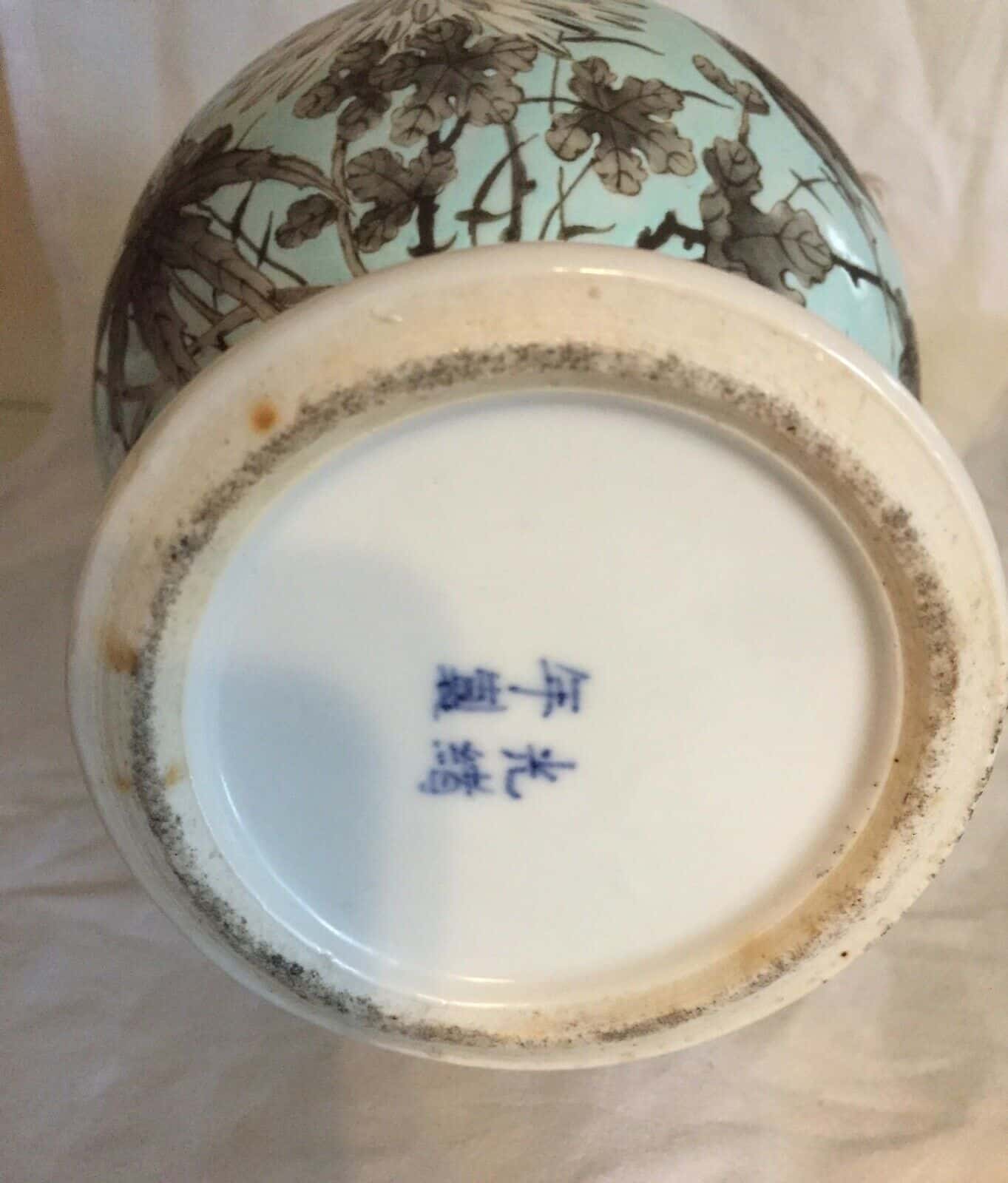
17 Most Valuable Chinese Pottery Marks Worth Money (2023)
Porcelain —a white vitrified ceramic comprised of fine clay—was invented in China over 3,000 years ago. In the years since, artisans have consistently improved the way they craft and mark porcelain objects. Chinese craftsmen began using porcelain marks as early as the first century as a way to reference the date of creation.

Chinese Ming Blue and White Ceramics
Chinese Porcelain Marks Identification Guide This page lists Chinese porcelain reign marks and seal marks of Qing and Ming Dynasty Emperors. Name of each Emperor is highlighted in red. Guide below explains how to read Chinese marks and meaning of the symbols surrounding the Emperor's name.
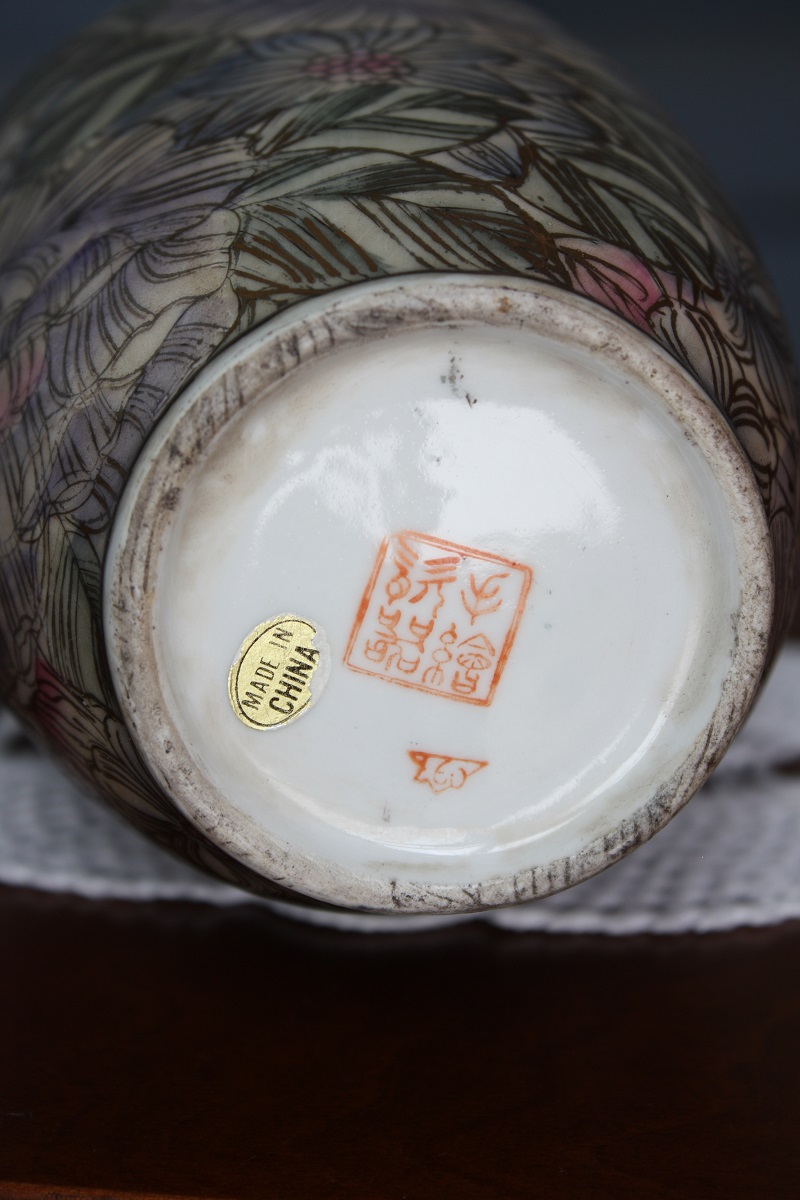
Unknown Chinese porcelain mark
Chinese export porcelain is one of the most commonly found ceramics in the Charleston area, constituting as much as 24% of the overall ceramic assemblage at many archaeological sites. Chinese porcelain was but one part, however, of a broader stylistic language known as Chinoiserie in the 18th century. As international trade expanded, the complete range of Asian export luxury goods—Chinese.
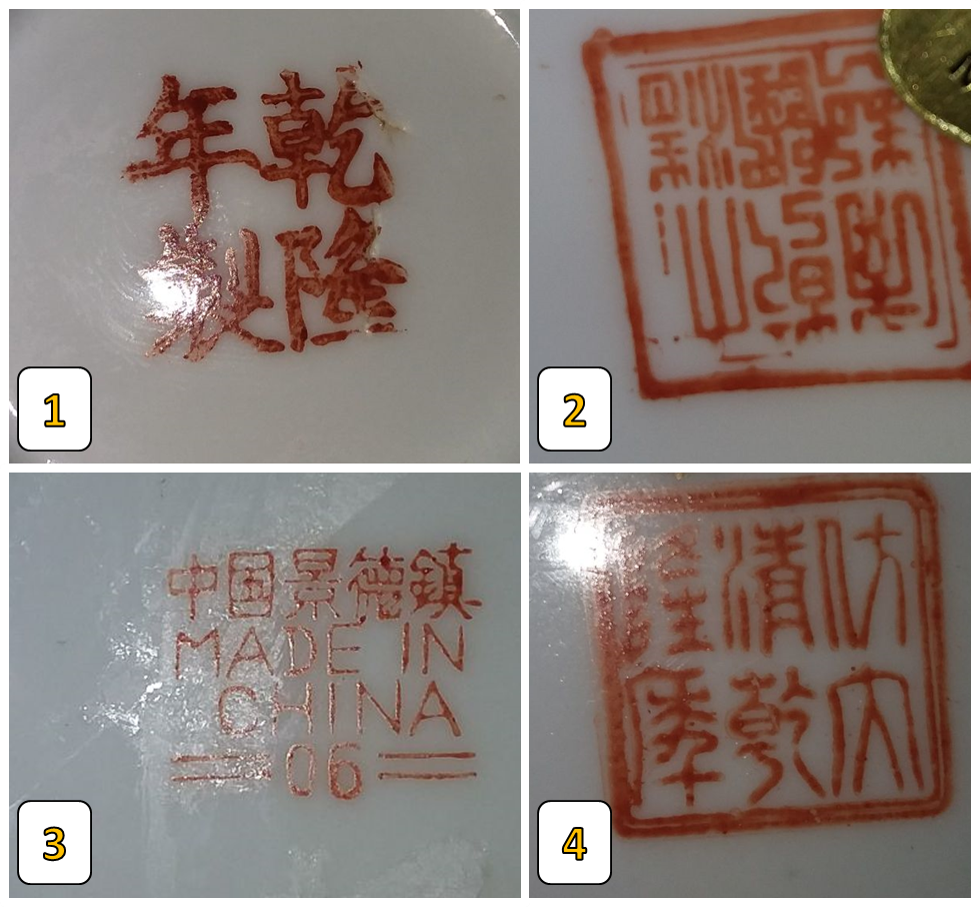
Marks on Porcelain Pieces Tattoos, Names and Quick Translations
This selection of marks below contains mainly Chinese porcelain marks of the Ming and Qing dynasties, and a few republic period antique marks. Marks listed below are from antiques that are about 80 years old or older. That means from approximately 1930 or earlier. Marks on vintage and contemporary porcelain items are not included.